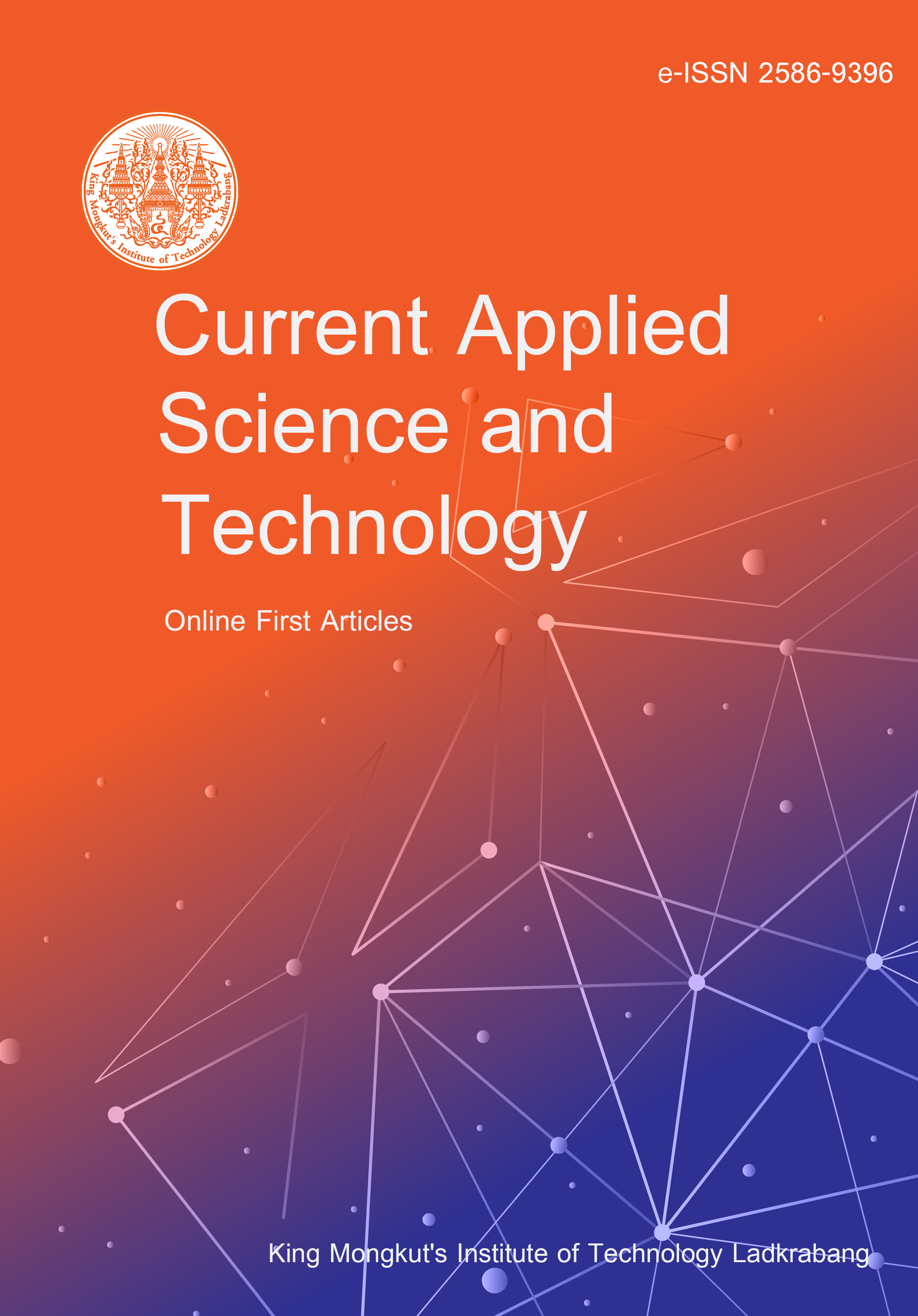The coastal region of Kanchanadit District, Surat Thani Province, is known for aquaculture and mining activities, and may be environmentally contaminated with radon. Therefore, this work was aimed at studying the physical properties and measuring the radon concentrations in water and indoor air within buildings. In addition, health risks from radon exposure were evaluated. One hundred and fifty six samples were collected from various water sources, including groundwater, tap water, shallow wells, canals, and coastal areas, using a RAD7 device for radon measurement. Additionally, 58 CR-39 detectors were installed in buildings to monitor radon levels in indoor air for 90 days. The average background radiation doses, total dissolved solids, electrical conductivity, and pH of water were found to be 0.94±0.29 mSv/y, 0.88±2.10 g/L, 0.17±0.39 S/m, and 6.84±0.47, respectively. The radon levels in water ranged from 0.18 to 50.03 Bq/L with a mean of 4.75±10.81 Bq/L. The average annual effective dose for radon contamination in water was 12.97±29.51 mSv/y. It was only in groundwater that the average values of radon level of 40.53±8.53 Bq/L and annual effective dose of 110.65±23.28 mSv/y were higher than the maximum contaminant level for drinking water (11.1 Bq/L) and the reference level (100 mSv/y), respectively. Additionally, the indoor radon concentration levels ranged from 17.86 to 266.74 Bq/m3 with an average of 84.75±45.68 Bq/m3, while the average annual effective dose for indoor radon exposure was 2.14±1.15 mSv/y, which did not exceed the reference levels of 100 Bq/m3 and 2.5 mSv/y, respectively.
Titipornpun, K. ., Jirungnimitsakul, S. undefined. ., & Sola, P. undefined. . (2025). Radon Contamination in Various Water Sources and Indoor Air in Buildings in the Coastal Region of Surat Thani Province, Southern Thailand. CURRENT APPLIED SCIENCE AND TECHNOLOGY, e0265762. https://doi.org/10.55003/cast.2025.265762

